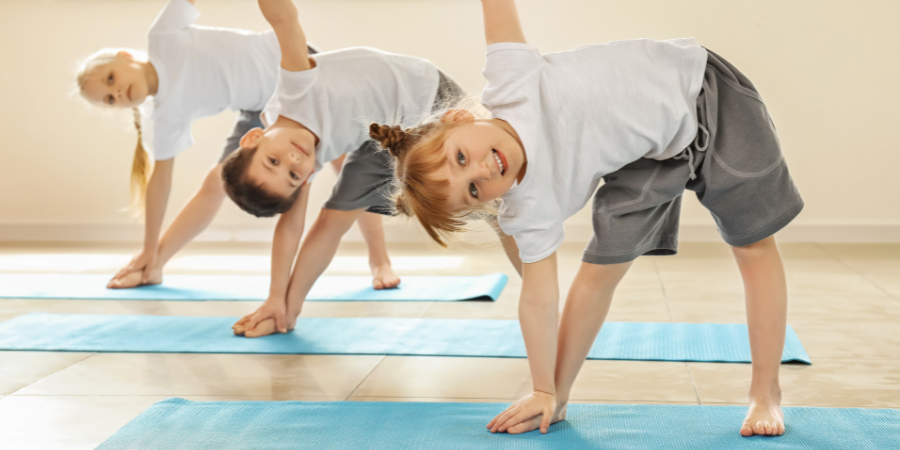



September 9, 2024
Posture defects in children are an increasingly common problem that can have serious health consequences in the future. It is worth knowing how to recognize the first signals that may indicate irregularities. Based on a podcast with physiotherapist Jarosław Bagiński, a specialist in movement rehabilitation, we have prepared a guide for parents who want to take care of the proper development of their children.
OBSERVE YOUR CHILD'S DAILY HABITS
One of the key aspects of taking care of your child's posture is careful observation. Pay attention to whether your child is slouching while sitting, pushing their head forward, or walking on their toes. These seemingly innocent habits can lead to permanent posture deformities.
LIMIT YOUR SCREEN TIME
Prolonged use of smartphones, tablets or computers encourages the adoption of unnatural body positions, which can lead to posture defects. Try to limit the time your child spends in front of a screen and encourage them to be active outdoors.
ENSURE YOUR CHILD'S EVERYDAY PHYSICAL ACTIVITY
Physical activity is essential for healthy muscle and skeletal development. It is worth introducing daily exercises that will help maintain proper posture. The younger the child, the more you should combine activity with play. Interest them in sports such as swimming, running or cycling.
REGULAR CHECK-UPS BY SPECIALISTS
Don't wait until the problem becomes obvious. Regular visits to your GP, orthopedist and physiotherapist can help detect any postural defects at an early stage. If you experience any worrying symptoms, such as chest deformity, shortened stride or joint pain, consult a specialist.
PAY ATTENTION TO THE SYMMETRY OF MOVEMENTS
Asymmetrical movements, such as shortening the stride, walking on tiptoes, or limping, may indicate abnormalities in postural development. Observe how your child sits, walks, and runs. Early detection of the problem can prevent it from getting worse.
ENCOURAGE CONSCIOUS POSTURE CORRECTION
Awareness of your own posture is key to maintaining it. Teach your child how to hold their head correctly, straighten their back and pull their shoulder blades together. Regular exercises can help reinforce these habits, which is especially important during a period of rapid growth.
COOPERATE WITH SCHOOL
Physical education teachers and primary school teachers are often the first to notice posture problems in children. It is worth cooperating with the school, participating in screening tests and staying up to date with the results of teacher observations
BE PATIENT AND SYSTEMATIC
Posture treatment is a long-term process that requires systematicity. Exercises should be performed regularly and with full commitment, not just once a week. The sooner you start taking care of your child's posture, the greater the chance of avoiding permanent deformations.
DO NOT IGNORE THE FIRST SYMPTOMS
If you notice joint pain, a shortened stride, or any other worrying symptoms in your child, don't delay seeing a specialist. Early intervention can save your child from having to undergo surgery in the future.
Remember that a healthy posture is the foundation of a healthy life. By taking care of your child's posture, you are investing in their future. Regular physical activity, body awareness and cooperation with specialists are the keys to success.
Another edition of the Health Policy Program for the Prevention of Tick-Borne Diseases (Lyme disease), implemented between 2023 and 2025 for residents of Wrocław County, is coming to an end. This initiative was made possible thanks to the involvement of Wrocław County and the financial support of the Lower Silesian Voivodeship Government. The program, implemented by the NZOZ Twój Lekarz (Your Doctor Public Healthcare Facility), generated significant interest, with over 500 people participating. Its main goal was to increase health awareness…
Who we are
In our work, we are guided by the idea of a family doctor who provides the patient with comprehensive care at all times, not only when they are ill. Our mission is to take care of the health of residents on a daily basis. We provide health education and promote prevention.
Copyright © Wrocław 2021 NZOZ Your Doctor Sp. z o. o. All Rights Reserved.
Website created by KomuKoncept: www.komukoncept.pl






